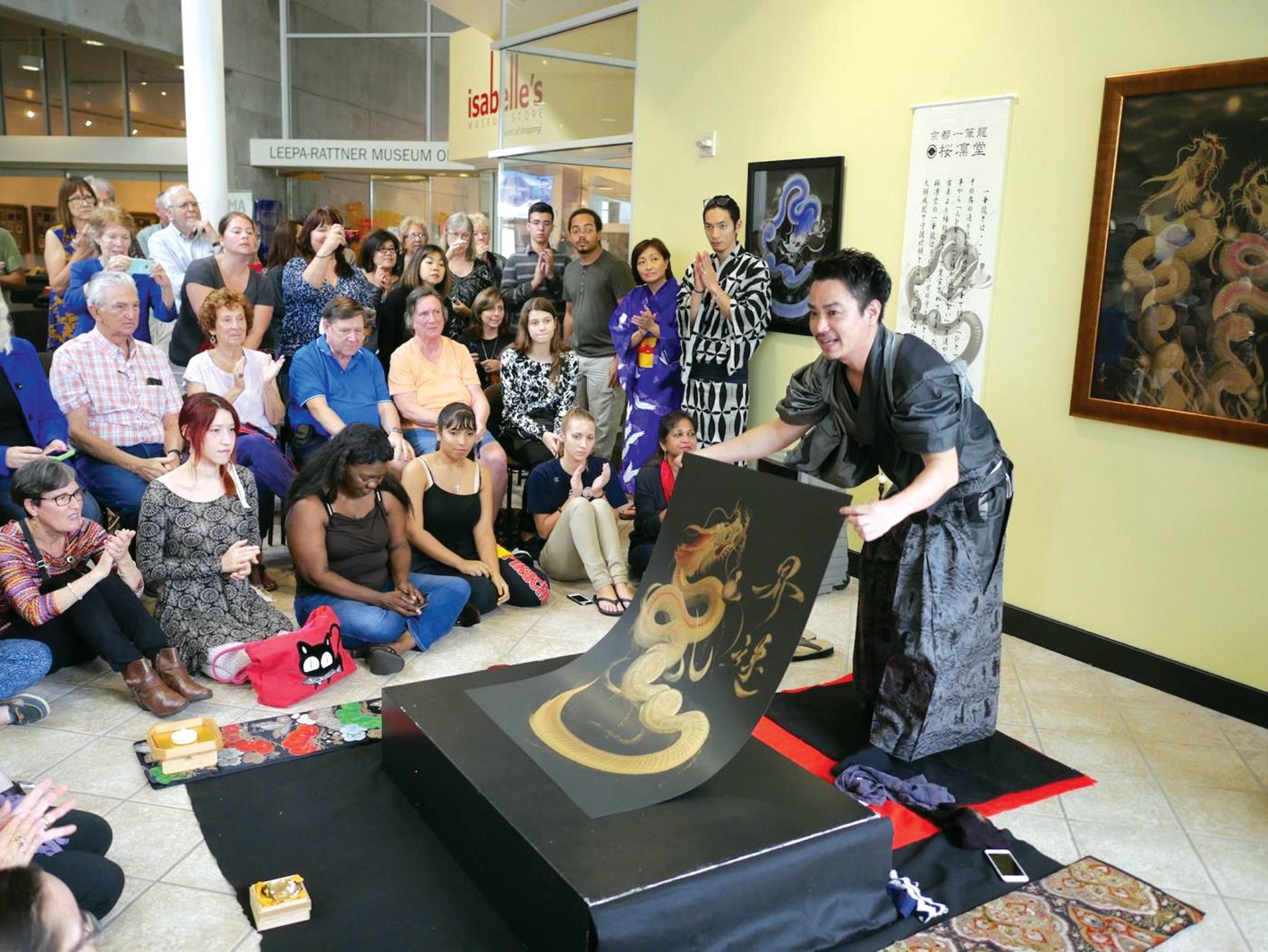
Artist Keisuke Teshima at the gallery
For centuries, Japanese culture has regarded dragons as symbols of good luck – representing good health, prosperity, and a talisman against evil. Throughout Japanese history, dragons have also been revered for their legendary powers.
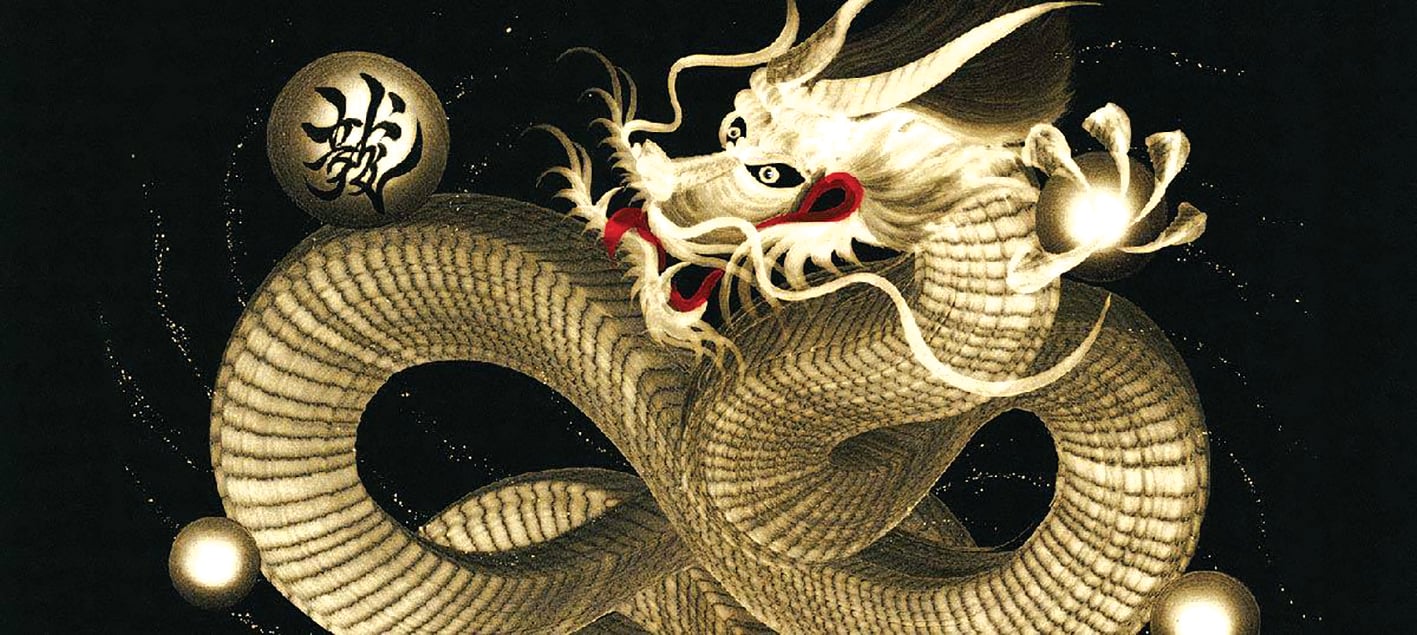
One-stroke dragon painting looking up
Therefore, a long time ago, in a special form of traditional Japanese ink painting (sumi-e), the art form "One stroke dragon" was born. With this art form, the artist creates the image of a dragon with just one stroke, seemingly simple but actually very elaborate. Many Japanese people at that time believed that the one stroke dragon brings long-lasting relationships.
This art form emerged in the early 1600s, during Japan's Edo period. Edo culture in Japanese history corresponds to the Tokugawa period (1603 - 1867). Tokugawa Ieyasu, the first Tokugawa shogun, chose Edo (present-day Tokyo) as the new capital of Japan. Edo became one of the largest cities of the time and was home to a thriving urban culture.
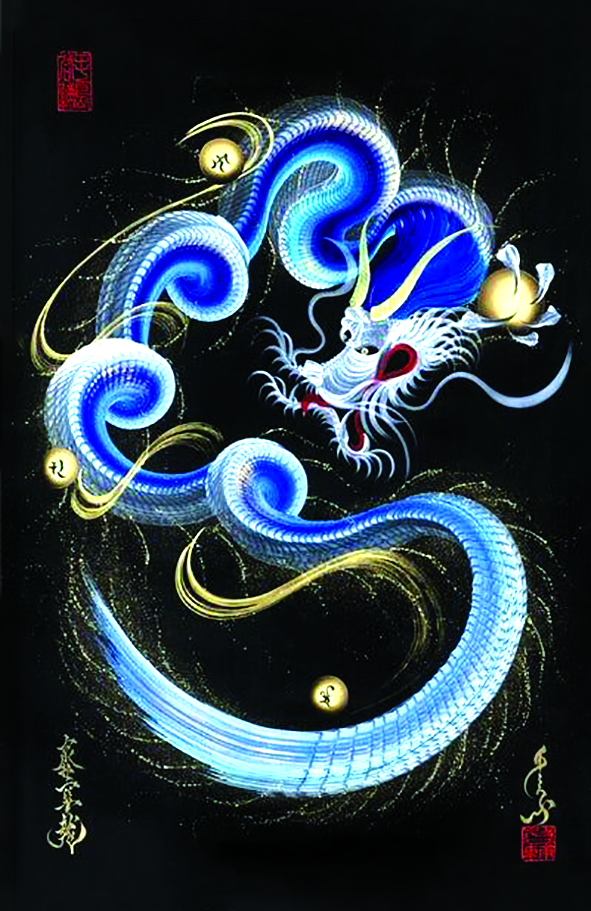
One-stroke dragon painting symbolizes protection
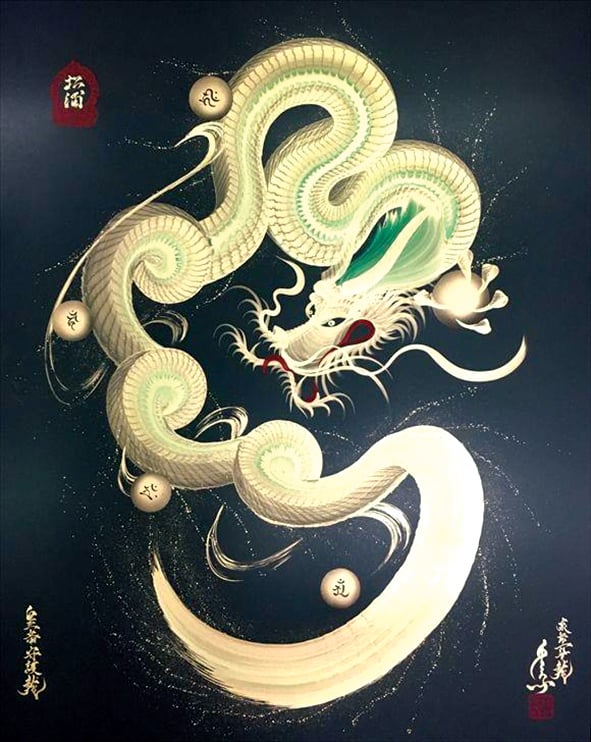
One-stroke dragon painting looking down
During the Edo period, many artists mastered the art of drawing one-stroke dragons, and they were found throughout Japan's temples and shrines. This traditional form of Japanese ink painting uses a wash brush and ink brush, similar to calligraphy. The focus of this art form is the beauty of the strokes. Today, Japan has only a few "One stroke dragon" artists who are considered masters. Keisuke Teshima, born in 1975 in Fukuoka, is one of them.
Fascinated by the image of dragons since childhood, Keisuke was immediately captivated when he came across the one-stroke dragon painting technique. As a young man, Keisuke trained in traditional Buddhist art techniques before working as a craftsman restoring Buddhist temples and altars in Japan.
While restoring temples and shrines, Keisuke came across the “One Stroke Dragon” style and was immediately fascinated by it, learning about its history and teaching himself the technique. To draw a one-stroke dragon, he started with small strokes. Then, he drew the scales of the dragon’s body with just one stroke, moving his hand with incredible precision and patience…
In Keisuke's "One stroke dragon", the dragon is drawn facing up, symbolizing pride and ambition. Meanwhile, the dragon facing down has a praying look, acting as a guardian.
The tradition and spirit of the "One stroke dragon" style are expressed with contemporary ideals in each of Keisuke's paintings. All of his one stroke dragon paintings feature light and rainwater - symbolizing the belief that dragons, through the power of light, have the power to bring water for a bountiful harvest.
The majesty of the dragon mascot from the single stroke through the art form "One stroke dragon" is said to bring luck and fortune to those who own the painting. Usually, customers will order with customized dragons. Then, the artist will add personalized characters, called "bonji". Each bonji symbolizes the blessings and virtues of a Buddha or Bodhisattva or represents some divine deity related to the customer's needs.
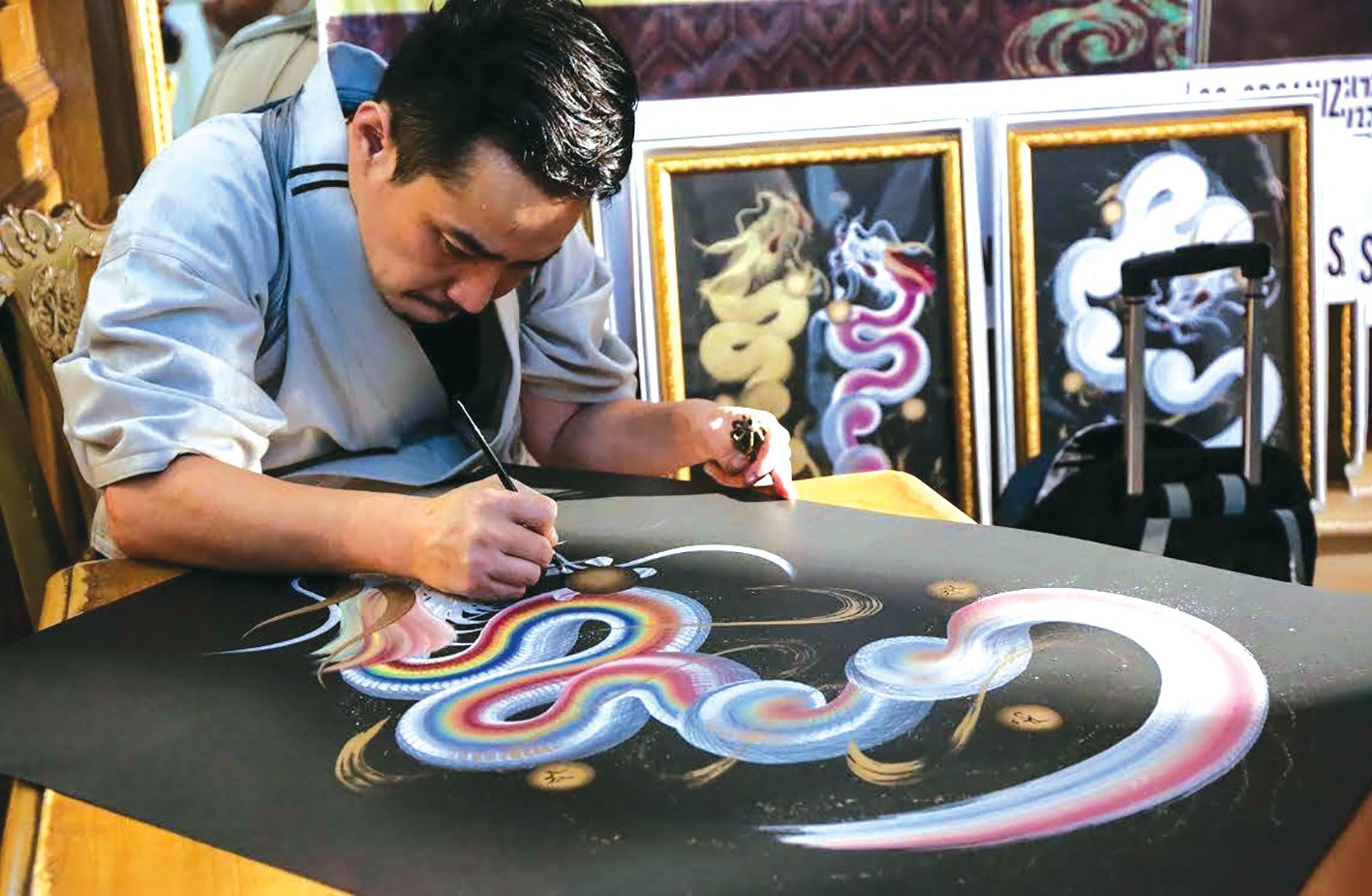
Artist Keisuke Teshima in his studio in Kyoto
Keisuke Teshima is one of the four artists in the world today who has mastered the "One stroke dragon" technique. He began researching the one-stroke dragon painting style in 2011 and in 2014, he held his first solo exhibition in Ginza - Tokyo as a "One stroke dragon" artist.
After holding his solo exhibition, Keisuke traveled to the United States. He has been sharing this traditional art form and showcasing his talent through exhibitions and performances at 13 locations across the United States.
Keisuke currently lives in Kyoto, Japan, where he has his own studio and gallery. As one of the few masters of one-stroke dragon painting left in Japan, Keisuke has restored over 200 works of art from Buddhist temples. His dragon masterpieces have attracted fans all over the world.
Source: https://nld.com.vn/dac-sac-tranh-rong-1-net-196240216095104369.htm




![[Photo] Prime Minister Pham Minh Chinh chairs meeting to deploy overcoming consequences of storm No. 10](https://vphoto.vietnam.vn/thumb/1200x675/vietnam/resource/IMAGE/2025/10/3/544f420dcc844463898fcbef46247d16)

![[Photo] Students of Binh Minh Primary School enjoy the full moon festival, receiving the joys of childhood](https://vphoto.vietnam.vn/thumb/1200x675/vietnam/resource/IMAGE/2025/10/3/8cf8abef22fe4471be400a818912cb85)

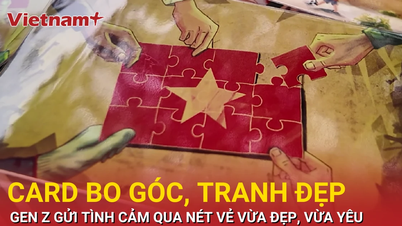





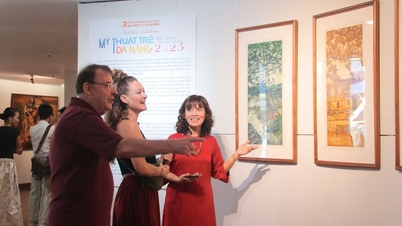

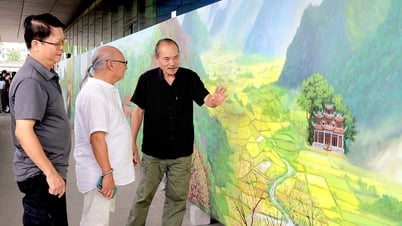
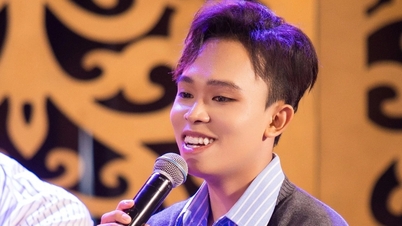

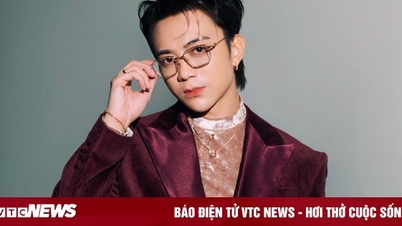

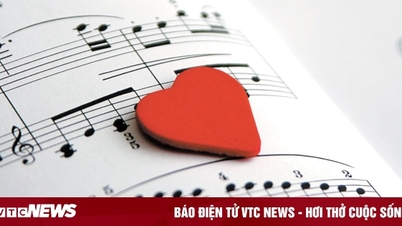
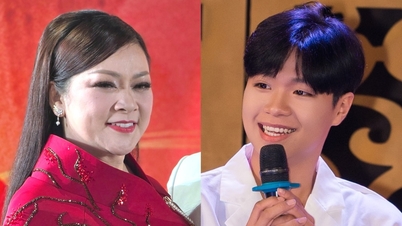
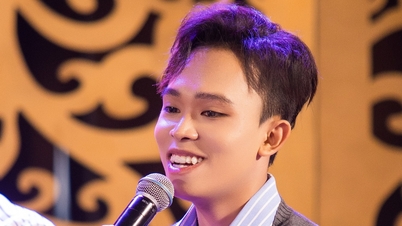
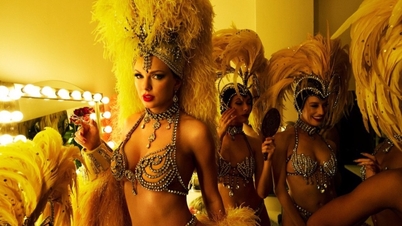






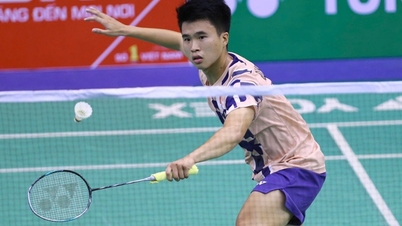

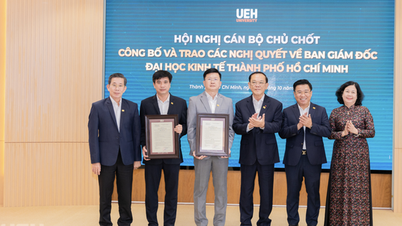
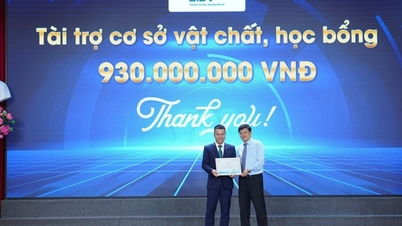






















































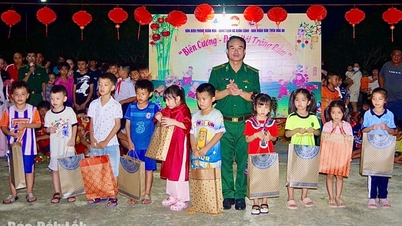











Comment (0)